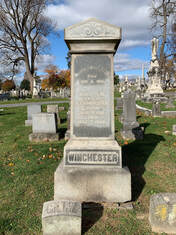 Like many others, the Winchester family lot in Mount Olivet is particularly pretty this time of year, shrouded in fall foliage. It sits in Area C/Lot 53 near the original southeast boundary of the cemetery just as it stood at the turn of the 19th century. To the immediate east, one once saw the spacious John Loats farm on the other side of the Newly Designed Road (as it was first called). Today, this thoroughfare has been renamed Stadium Drive and offers a viewshed of the main concourse area in front of the entrance to Harry Grove Stadium at Nymeo Park. Buried here in the Winchester family lot are Henry Kirkham Winchester, Benjamin Winchester, Mary Jane Winchester, Mary Winchester, and Mordaunt C. Winchester. The family has a lasting connection to Frederick as we named our seat of county government for them. Well, the actual namesake for the building located on E. Church St., Hiram Winchester, is buried in Cambridge, Maryland. But the name has stayed with us since Mr. Winchester lent his regal sounding moniker to the building he planned and built on E. Church Street between 1843-1844. More importantly, Hiram and brother Benjamin Franklin, made a profound impact on our community in the realm of education, and construction. These teachers were good for students, contrary to the Pink Floyd anthem, and it is fitting that they crafted their female pupils to be important building blocks for our community. The son of Benjamin Winchester III and Rebecca (Wing) Winchester, Hiram (b. 1803 in Hardwick, MA) was one of five children. He had come to Frederick in the late 1830’s after teaching school in Connecticut and serving as a lecturer at a seminary in Baltimore located at 16 N. Frederick Street, this according to the 1835 and 1837 Matchett's city directories of Baltimore. He is said to have come to Frederick in 1839. It was this year that he would open the Frederick Literary Society located on Frederick’s N. Market Street in the old Bartgis Hotel, a space he had rented for the purpose of the school. This would evolve into what would become known as the Frederick Female Seminary, and Winchester knew he needed a larger space to work within. This school was established by an Act of the Maryland Legislature. A lottery was raised providing an amount of $50,000 for the initial construction and endowment. The cornerstone was laid (for the current East Wing) in 1843. This was the year that Mr. Winchester was named principal. Charter and privileges were granted in 1845 and the first school catalog issued in 1846. A primary target demographic for school enrollment included wealthy children from southern states. A second wing would be built onto Winchester Hall in 1856. Seven years later in 1863, the school closed due to the American Civil War as student numbers were down as many southern families cut back due to wartime activity. Union soldiers had occupied the West Wing the previous year. Meanwhile, Hiram Winchester had been forced to retire due to poor health. He would move to Cambridge, Maryland and took up residence with his oldest daughter (Eveline Kirkham Baugher) and son-in-law there. Hiram would die on July 5th, 1876 and was buried in the Cambridge Cemetery, joining his wife, Juliet Kirkham Winchester (b. 1806) who had been laid to rest there in 1868.  Margaret Hood (1833-1913 ) Margaret Hood (1833-1913 ) In 1893, the Potomac Synod of the Reformed Church would buy the property and opened the Woman’s College of Frederick and came under the purview of Dr. Joseph Henry Apple. A former student of Mr. Winchester was invited to live at the school with the school president and his family. This was newly widowed Margaret E. (Scholl) Hood, an 1849 graduate of the Frederick Female Seminary. Hood would leave the Woman’s College $30,000 upon her death in 1913 and a new campus was made possible on the northwest suburb of town because of her generosity. The school was soon renamed after the benefactress. As for the old school building constructed by Mr. Winchester, the structure would be bought in 1931 by the Board of County Commissioners for $35,000. Since that time it has served as Frederick’s seat of county government. Which Winchester? You may ask: “If Hiram Winchester is buried in Cambridge, MD, then why are you writing a “Story in Stone” article on him?” Well, I am and I’m not. My premise though is the fact that I think Hiram, and wife Juliet, should have been laid to rest here in Area C/Lot 53, if not for their departure from Frederick and relocation to Dorchester County. I surmise this based on multiple facts, foremost the 12-plot lot was purchased by Benjamin Franklin Winchester, Hiram’s kid-brother who was born in 1810. Only four decedents are definitively marked on the central monument here, along with our interment lot card. However, our card shows that probing the lot nearly 70 years ago found the possibility of three others buried here. Later research clarified that one of these burials is the gravesite of Hiram and Juliet’s youngest child, Henry Kirkham Winchester, who died a child at age six (1845-1851). He was originally buried in Frederick’s Presbyterian Cemetery, but was removed to Mount Olivet in 1887. His name was never added to the monument. We also have reason to believe that two infant children of the Winchesters are also buried here, although they don’t appear by name in our records. Again, we see that there are two additional spaces that appear to be occupied here in the Winchester lot. The hypothesis is that this grave site could have two youngsters within, also moved from the Presbyterian Church. The children in question are Caroline (1838-1839) and Juliet (1838-1842). Lastly, the large monument placed upon the lot has two major faces on its south and west sides that have stayed blank after all these years. Benjamin's family names are on the east and north faces. I bet the other two were reserved for Hiram's decedents, but never placed on there, likely because Hiram and Juliet Winchester wound up being buried in Cambridge, Maryland. As for some backstory on the buyer/owner of this lot, we must examine the life of Benjamin Franklin Winchester. Earlier mentioned Hiram, appears to have pulled a few strings in getting his brother a teaching job at the Frederick Female Seminary in the school’s first decade in operation. B. F. would follow is brother’s educational footsteps to Frederick as he taught Mathematics to the students. He was also a native of Hardwick, MA, and taught with his brother previously in Baltimore. He would find a greater career for himself after leaving the Frederick Female Seminary when Hiram decided to call it quits. B.F. Winchester owned a brickyard, located on the southeast part of town on E. South Street today. It appears both Hiram and Benjamin started the venture together in the 1860s, perhaps in response to the school's closure during the Civil War. You would have found this venture near the intersection of E. South and the aptly named Winchester Street. Begun in the 1860’s, the Winchester Brick Works would be family-run up through the 1890s at which time it would take the new name of the Frederick Brick Works. The Winchester firm's bricks are still the prime building blocks used in a substantial number of buildings throughout the Frederick region. One such example was the original home of the Maryland School for the Deaf, located on the former grounds of the Frederick “Hessian” Barracks on South Market Street. Keep in mind that the Barracks grounds were also the first home of the Great Frederick Fair as well up through 1867. This locale was located just a few hundred yards west of the brick-works itself. We can get a glimpse of the scope of Mr. Winchester’s profitable venture through a passage recorded on July 3rd, 1875 within (Frederick diarist) Jacob Engelbrecht’s storied diary: The State of Maryland Asylum for the Deaf & Dumb—The north wing of this asylum is nearly finished. It was commenced in summer of 1874 (the north wing). I inquired from Mr. B. F. Winchester, who furnished the brick, how many brick there were in the whole building. He said, nearly or quite 2 and a half million. He also said the new jail (now nearly up) will take about 800,000. Mr. Winchester furnished brick for both buildings. The bricks were made in the brickyard in East South Street adjoining the ground on the east side of the Deaf and Dumb Asylum. The cornerstone of the D. & D. Asylum was laid “May 31, 1871.”
B. F. Winchester died in 1895 and buried in Mount Olivet Cemetery. Wife Mary Jane had passed five years earlier in 1890. Sadly the elderly couple had to endure the death of their only son (Mordaunt) in 1878 and sole granddaughter, Mary, who died in 1874. Benjamin’s obituary of May, 1895 labeled him as “a man of the highest integrity of character, possessing a well-storied mind and was endowed with eminent Christian traits.” He died at the age of 86 at the home of his nephew, whom he had been living with in West Camden, NY. Patriotic Zeal The Frederick Winchesters will be of special interest to those fans of the American Civil War. When President Lincoln called for recruits in 1861, B.F. Winchester volunteered and served under Benjamin Henry Schley and the Union Army. He is also listed as 1st Lt. Quartermaster, 1st Potomac Home Brigade Cavalry, and took part in the Battle of Monocacy in 1864. Benjamin ultimately attained the rank of Major. B.F. Winchester’s son, Mordaunt, however, would side with the Southern Cause. We have no way of knowing how or why things went down in the family home, but Benjamin was likely outnumbered because his wife was a southern belle, herself, hailing from Richmond. Mordaunt is thought to have been a Confederate spy. He was arrested on a number of occasions, these recorded by Jacob Engelbrecht in his diary with the first infraction occurring on August 1st, 1862. Mordaunt was arrested a day later after taking an oath to the Union. However, just three weeks later, he would be arrested again and this time sent to Baltimore. 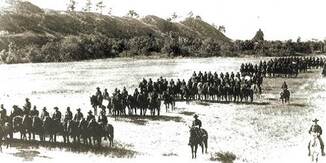 Speaking of the Civil War and arrest, our old friend Hiram Winchester’s son of similar name had quite a life journey, only making it to his 38th birthday. More interesting is the fact that he died in the infamous frontier town of Tombstone, Arizona territory in 1881. Hiram Franklin Winchester (b. 1843) served in the Civil War under the Union flag. He was a 1st Lieutenant/Quartermaster for the 1st Potomac Home Brigade Cavalry from 1864-1865 under Col. Henry Cole. After the war, he would remain in military service, becoming a part of Maryland’s 6th US Cavalry and would be stationed at places such as Fort Richardson, TX, forts Riley, Hayes and Dodge (all in Kansas) and finally forts Huachuca, Lowell and Thomas (all in Arizona). Apparently, the trouble for young Hiram Franklin began when a new postmaster showed up at Fort Huachuca: A post office was constructed in November and Huachuca received its first postmaster, Fredrick L. Austin. By the beginning of 1880 Huachuca had telegraph communications, daily stagecoach runs from Benson, and the Southern Pacific Railroad now stopped at Tucson near Fort Lowell, just forty-seven miles distant. One of the unexpected difficulties that coincided with the arrival of a new postmaster was the sale of liquor on the camp. In addition to serving as the postmaster, Austin also ran a sutler’s store from which he sold whiskey. Whitside was sternly against intoxicants on the camp and attempted to curb, if not shut down, Austin’s business. Unaffected by the post commander’s protestations, Austin had the audacity to complain to Whitside that his troopers were slow in paying for spirits bought on credit. Whitside summoned his senior noncommissioned officer and told him to “take care of it . . . and let the la dies of the post know about it also.” The ploy worked, and Austin left the post all but penniless seven months after arriving. One of the troopers who imbibed of Austin’s whiskey was Captain Whitside’s second in command, First Lieutenant Hiram F. Winchester. In addition to obtaining liquor at the sutler’s store, Winchester could also be seen drunk in the saloons of Tombstone, located twenty miles east of Camp Huachuca. The lieutenant’s intemperance caught up to him in the summer of 1880 when he was court-martialed for being absent without leave displaying “loud and indecent behavior . . . in company with a prostitute.” Winchester was incarcerated at Fort Yuma, California, for nine months. Apparently after completing his sentence in May 1881 and prior to reporting to his unit, Winchester returned to Tombstone where he turned up dead on 29 May of a “disease unknown.” The following obituary reports the mysterious and untimely death of 1st Lt. Winchester as it appeared in the Arizona Weekly Citizen of June 5th, 1881.
The younger Hiram Winchester died on May 29th, 1881. Interestingly, the village he had come to, Tombstone, had only been founded two years before in 1879. The boom town was only 30 miles from the U.S.–Mexico border and was an open market for stolen cattle from ranches in Sonora, Mexico. This feat was regularly accomplished by a loosely organized band of outlaws known as “the Cowboys.” Meanwhile, the legendary Earp brothers—Wyatt, Virgil and Morgan—as well as Doc Holliday, arrived in Tombstone in December 1879 and mid-1880. The Earps had ongoing conflicts with Cowboys Ike and Billy Clanton, Frank and Tom McLaury, and Billy Claiborne. The Cowboys repeatedly threatened the Earps over many months until the conflict escalated into a shootout on October 26th, 1881. The historic gunfight is often portrayed as occurring at the O.K. Corral. It’s fascinating to think that the son of the namesake of our Winchester Hall, a native of Frederick and young man who regularly walked the streets of downtown, may have had interactions with the Earps and Doc Holliday while he was there in Tombstone. If so, I sure hope they were positive encounters. We’ll likely never know. Following the death of Hiram Franklin Winchester, his corpse would be brought cross-country and eventually be re-buried in the family plot at Cambridge Cemetery on Maryland’s Eastern Shore in Dorchester County. He left a wife and daughter. (NOTE: For more on this provocative story, click this link: And speaking of guns and shootouts, Hiram Winchester, the school principal and namesake of Winchester Hall, was distantly related to Oliver Fisher Winchester, a one-time shirt-maker who became incredibly wealthy as the inventor and manufacturer of “the gun that won the west.” This innovation is also known as the Winchester repeating rifle. Both Winchester men (Hiram 1803-1876 and Oliver 1810-1880) were Massachusetts natives who migrated to Baltimore as young men in the 1830s. Most important here is the fact that these men were cousins who shared the same GGG Grandfather— a man named John Winchester, Jr. (1644-1719) of Hingham, Plymouth County, Massachusetts. John’s father, John Winchester, Sr. (1611-1694) was the family progenitor who immigrated to Massachusetts from England in 1635.
Now, how's that for finishing with a bang? I'm sure I've given you plenty to think about, next time you visit, or drive by, Frederick's Winchester Hall!
3 Comments
11/3/2019 04:36:58 pm
Loved this story about the Winchester’s. The name comes up in so many places. Having grown up across the street from the Deaf School, and seeing it torn down . I have a brick from it some where, my father made me a whatknot shelf from some of the wood from inside. I have been to Tombstone, that was quite a place to think a Winchester was there. The rifle,does that Winchester name go to the Winchester mystery house ? That is an interesting house. Is it the same family , she was the the Winchester rifle family.
Reply
Myron Randall
7/12/2023 10:44:29 am
Deeds show that the Winchester brick yard did not become part of Frederick Brick Works.
Reply
3/22/2024 09:13:39 pm
Your detailed exploration of the Winchester family's history and legacy in Frederick is truly fascinating and provides valuable insights into the local community's development over time.
Reply
Leave a Reply. |
STORIES
|
Archives
July 2024
June 2024
May 2024
April 2024
March 2024
February 2024
January 2024
December 2023
November 2023
September 2023
August 2023
July 2023
June 2023
May 2023
April 2023
March 2023
February 2023
January 2023
December 2022
November 2022
October 2022
September 2022
August 2022
July 2022
June 2022
May 2022
April 2022
March 2022
February 2022
January 2022
December 2021
November 2021
October 2021
September 2021
August 2021
July 2021
June 2021
May 2021
April 2021
March 2021
February 2021
January 2021
December 2020
November 2020
October 2020
September 2020
August 2020
July 2020
June 2020
May 2020
April 2020
March 2020
February 2020
January 2020
December 2019
November 2019
October 2019
September 2019
August 2019
July 2019
June 2019
May 2019
April 2019
March 2019
February 2019
January 2019
December 2018
November 2018
October 2018
September 2018
August 2018
July 2018
June 2018
May 2018
April 2018
March 2018
February 2018
January 2018
December 2017
November 2017
October 2017
September 2017
August 2017
July 2017
June 2017
May 2017
April 2017
March 2017
February 2017
January 2017
December 2016
November 2016

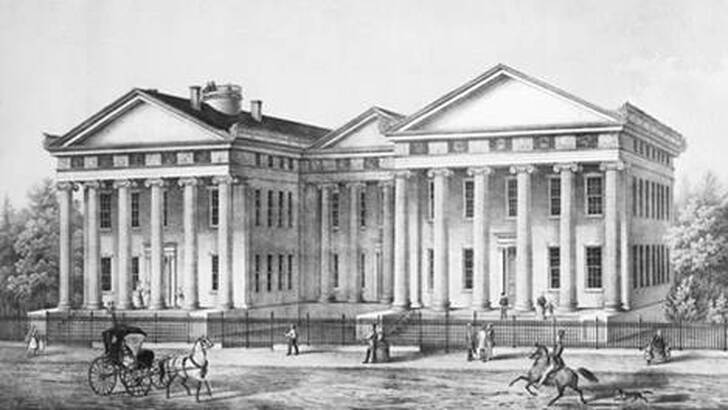
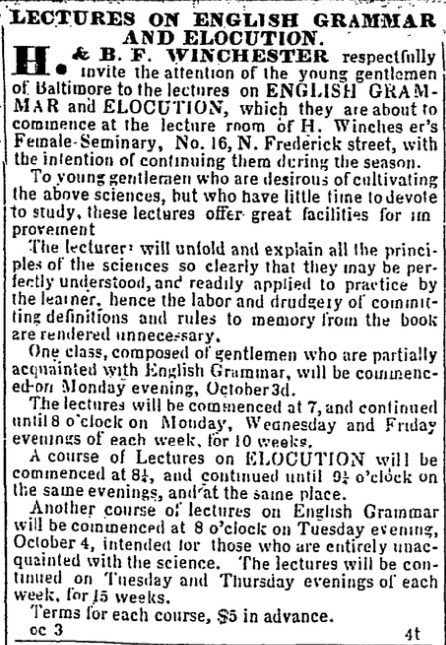
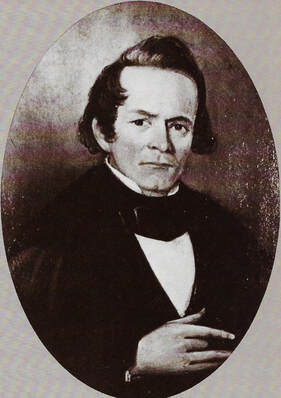
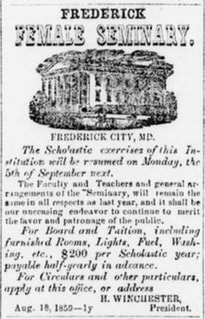
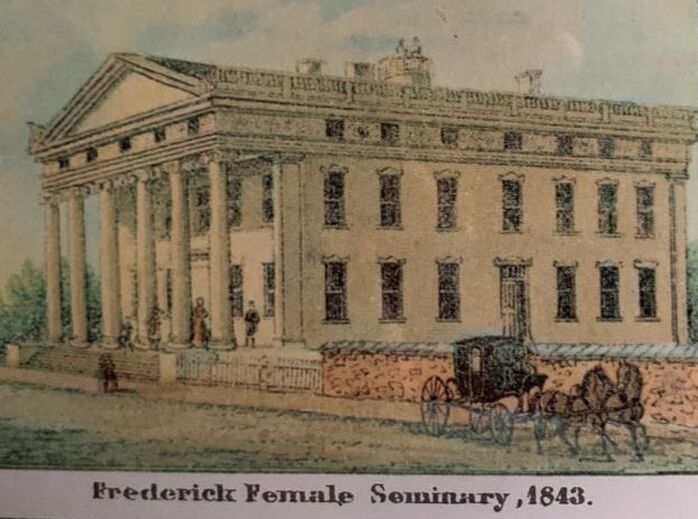

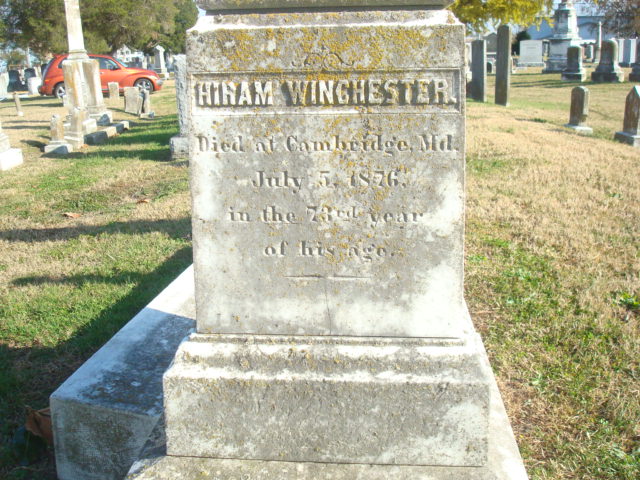
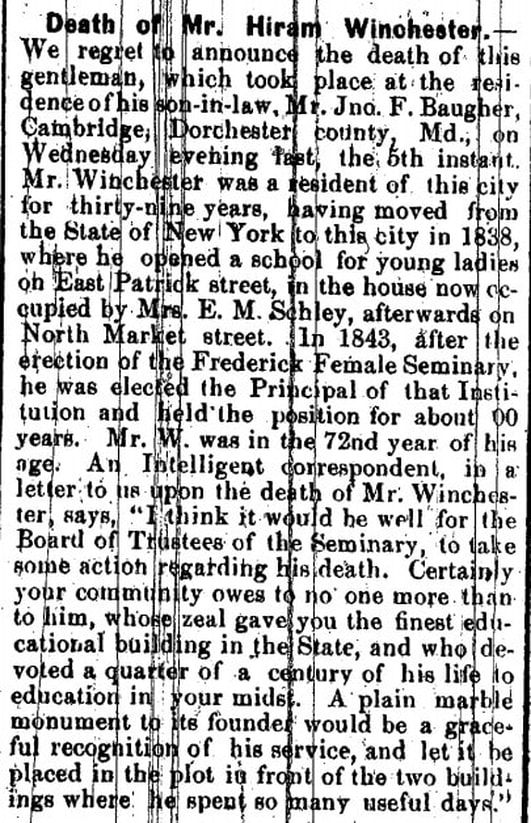
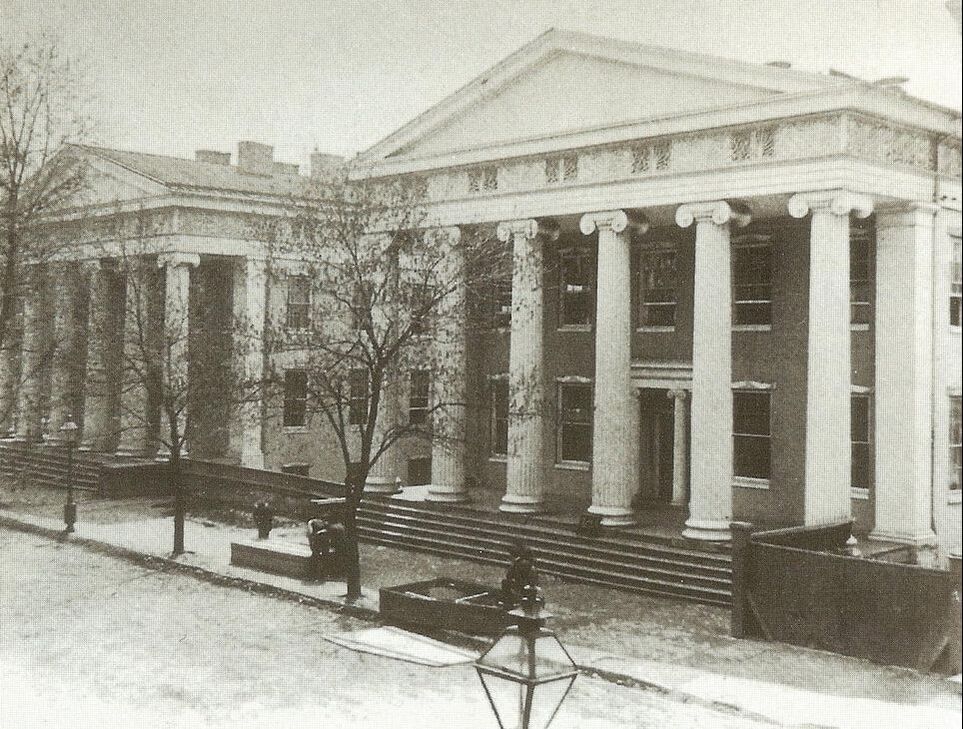

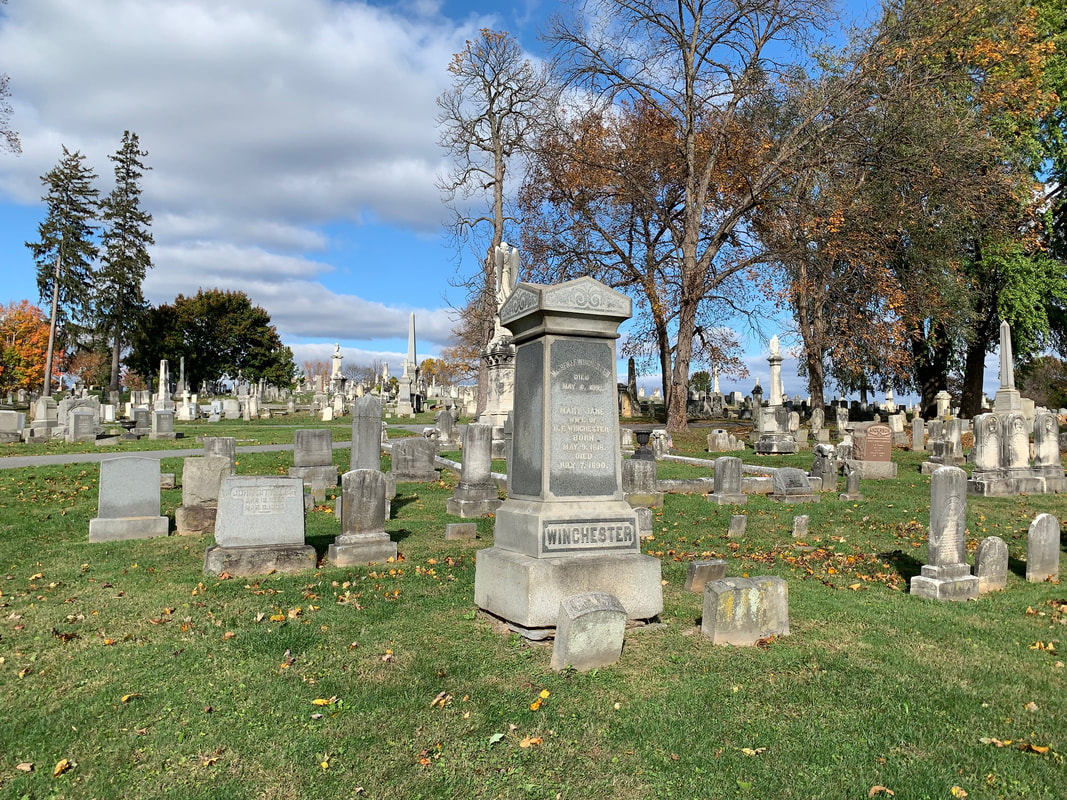
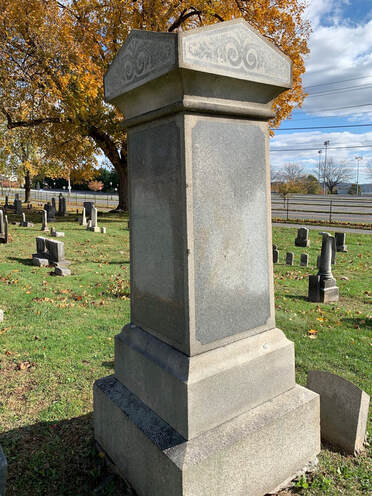
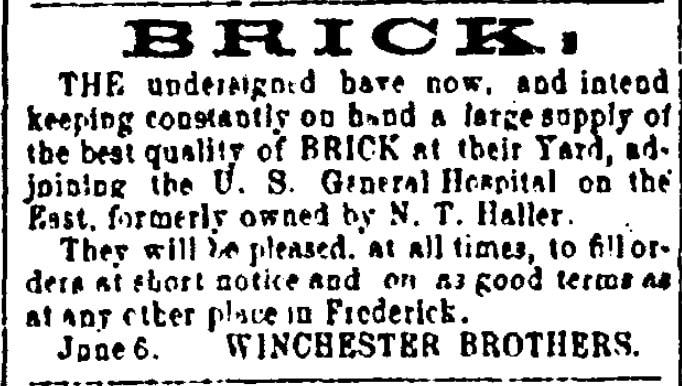
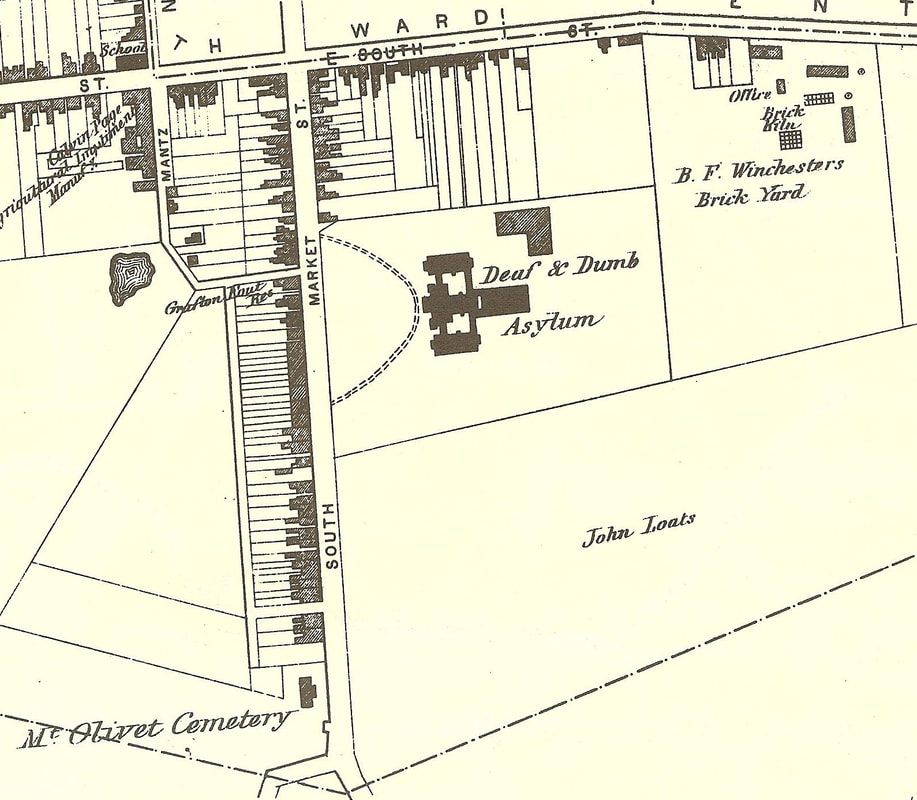
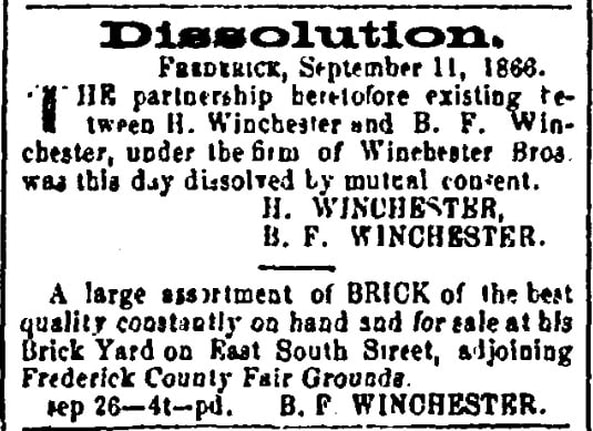
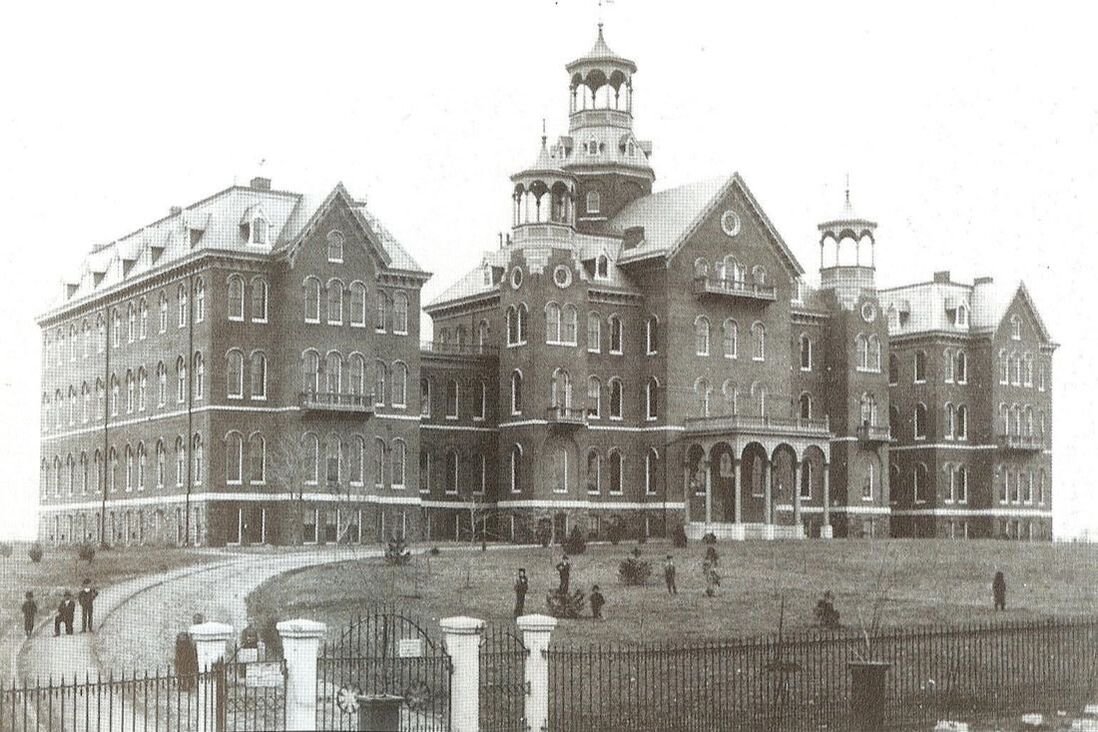

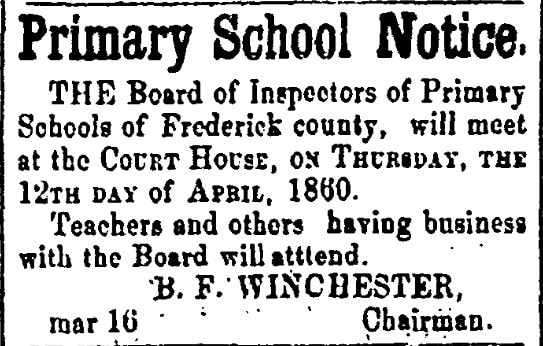

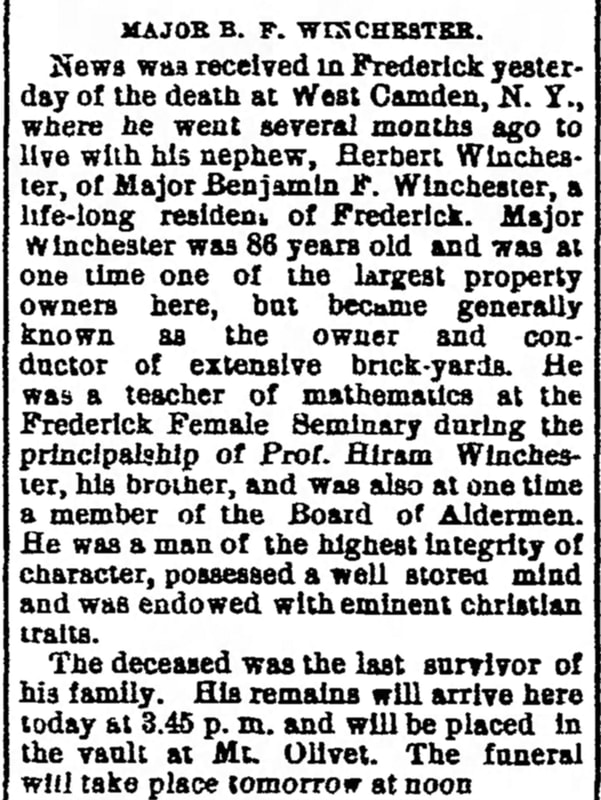
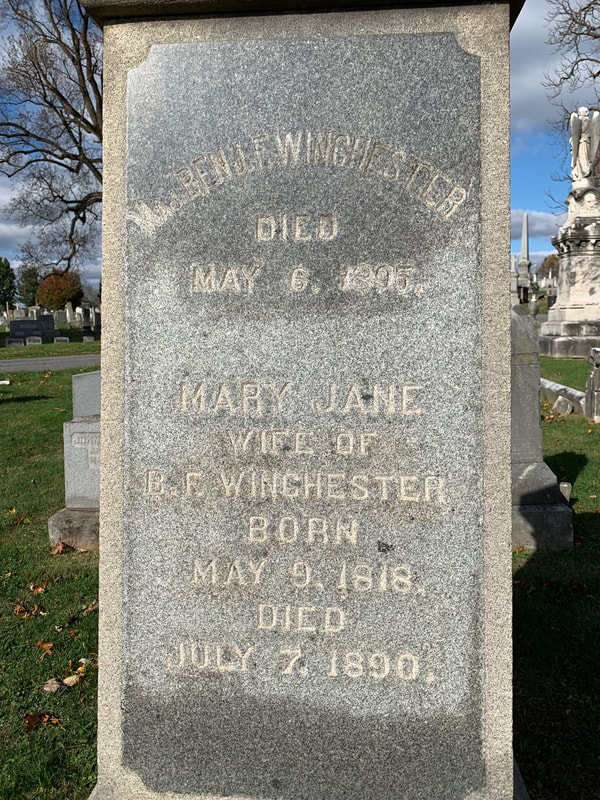
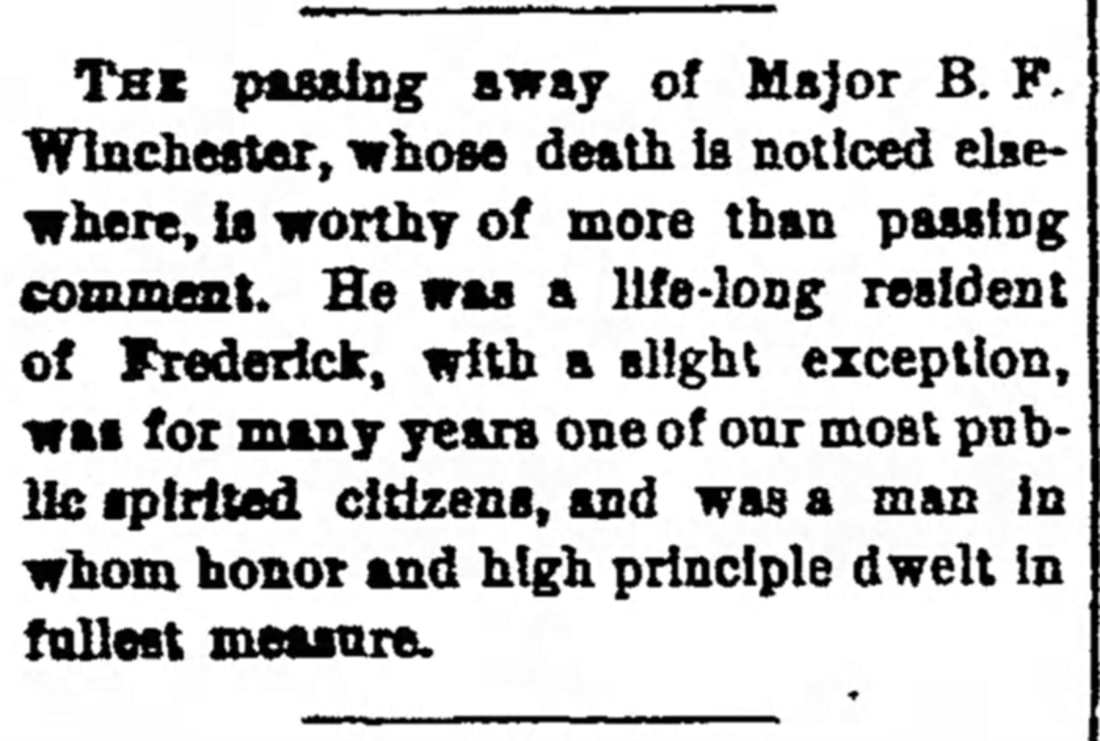
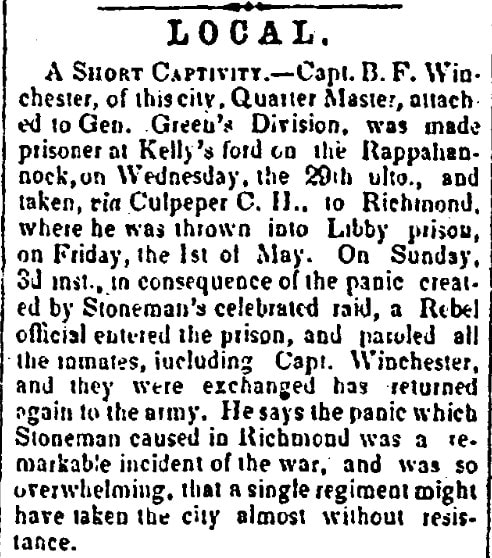
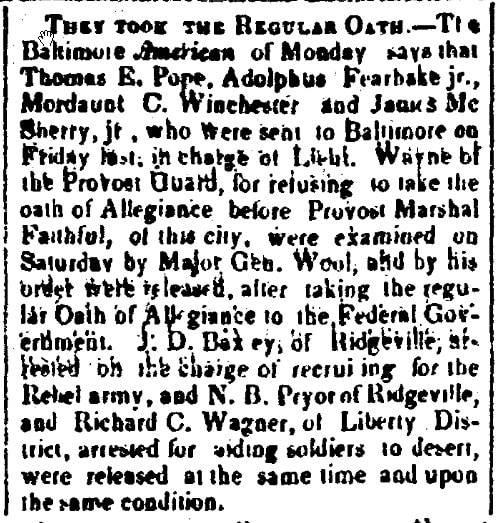
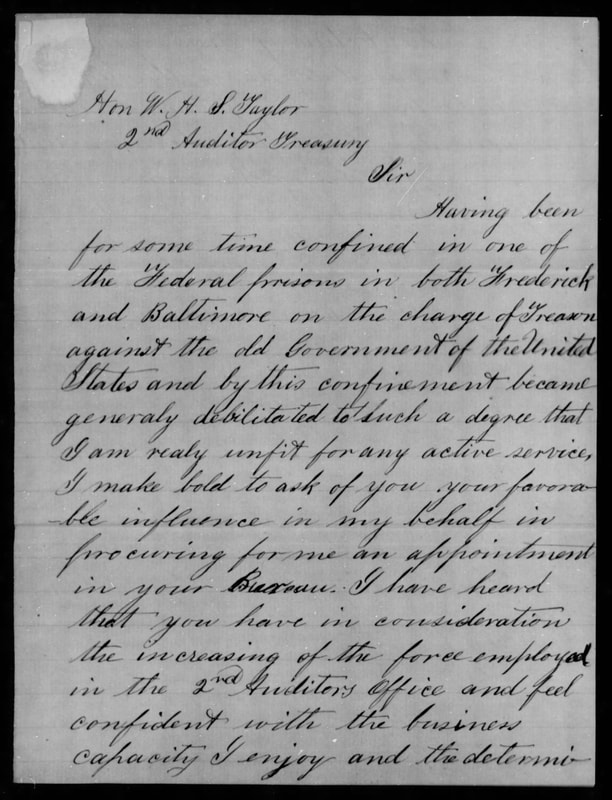
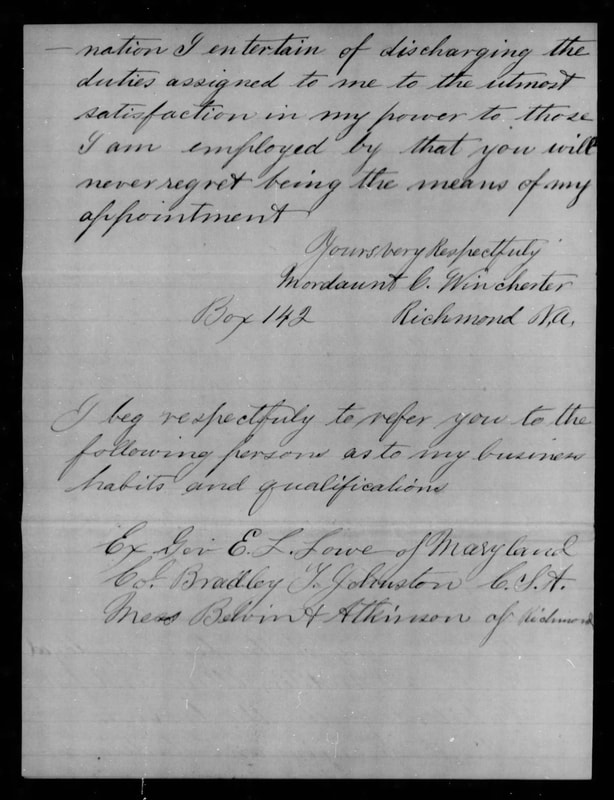
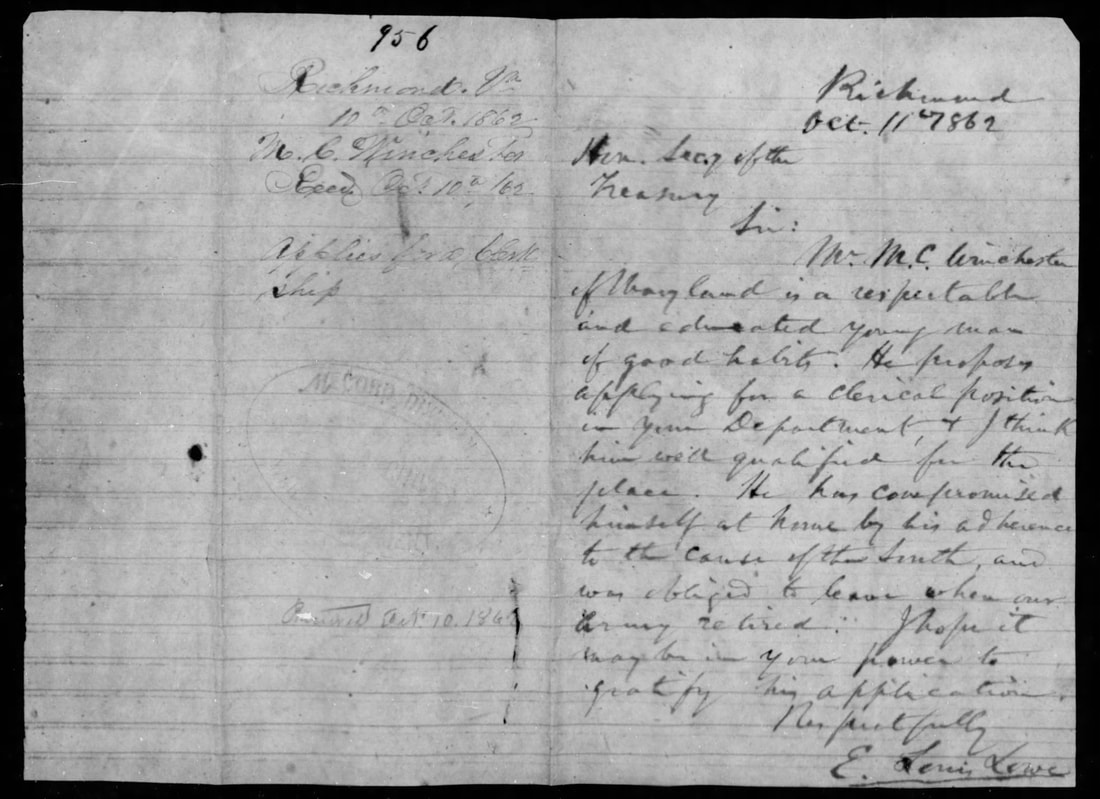
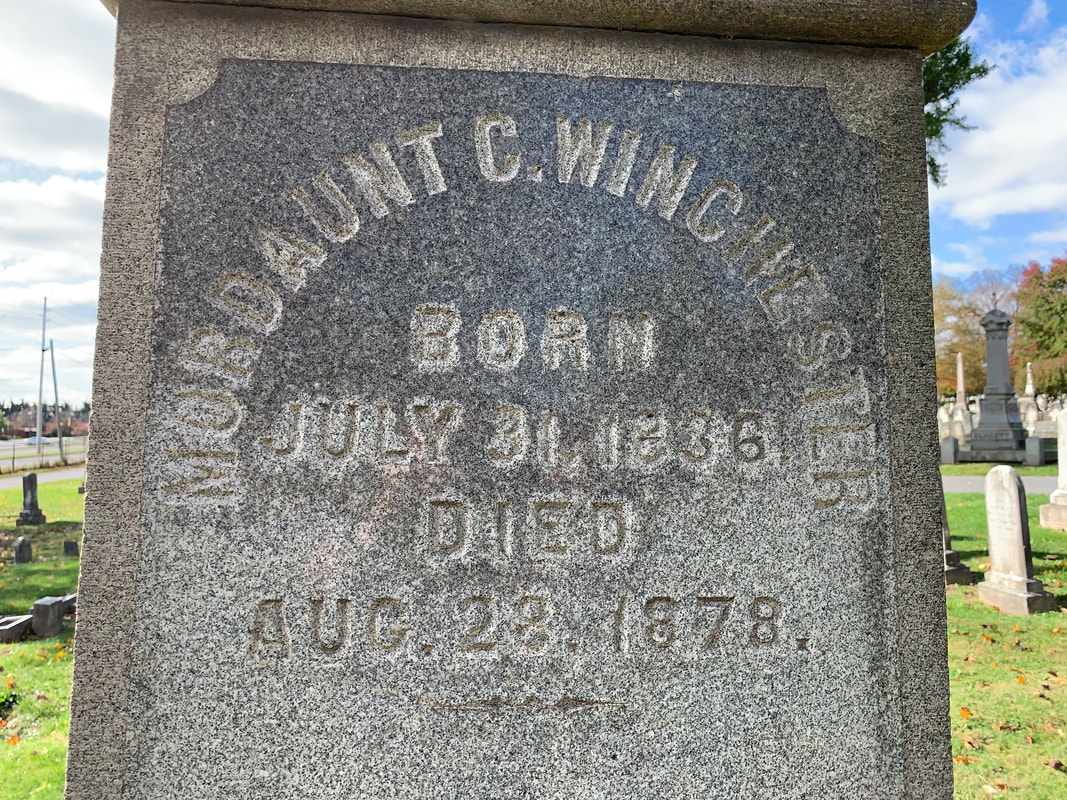
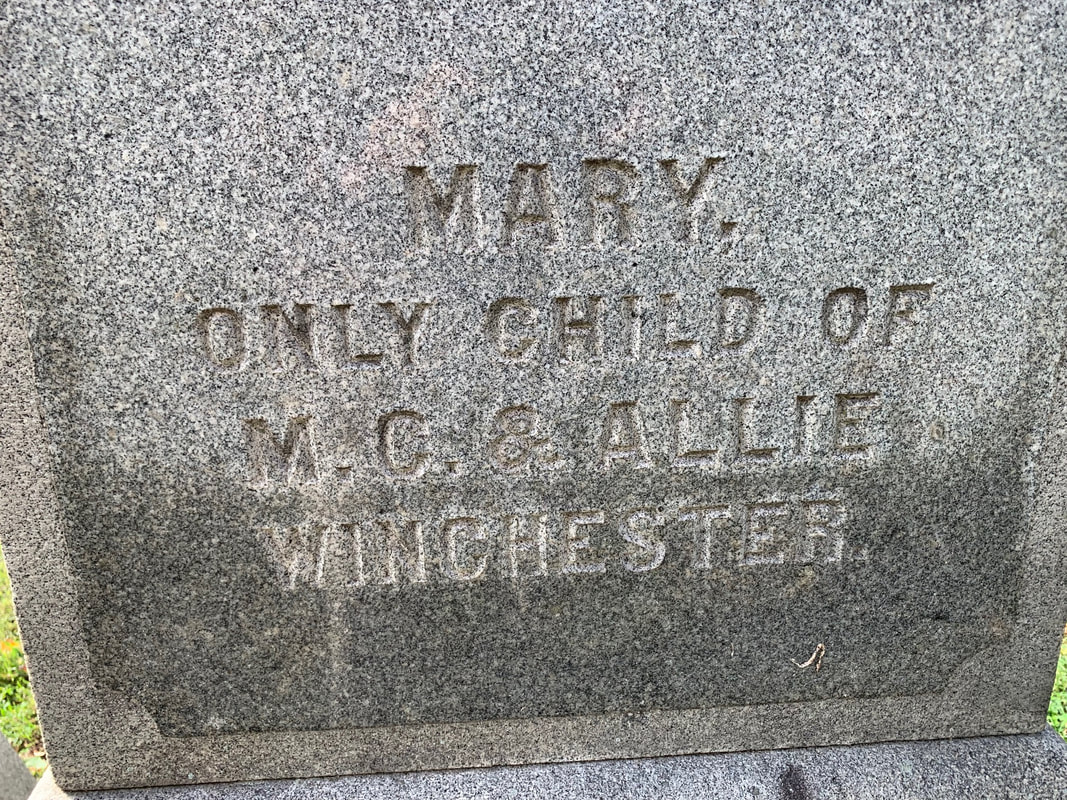
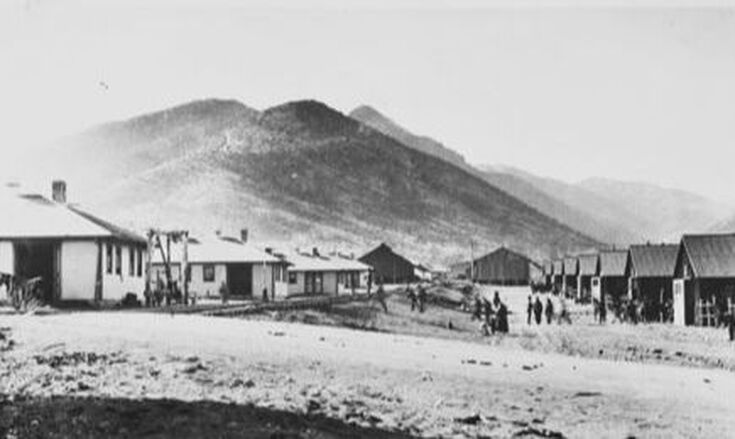
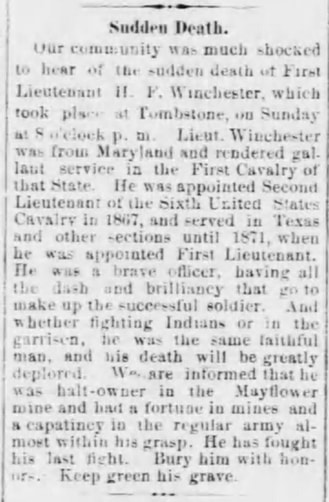
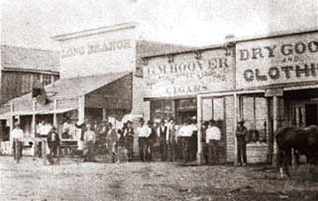
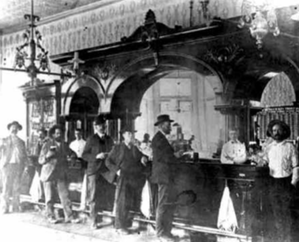
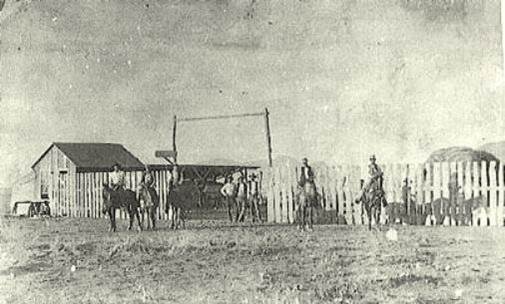
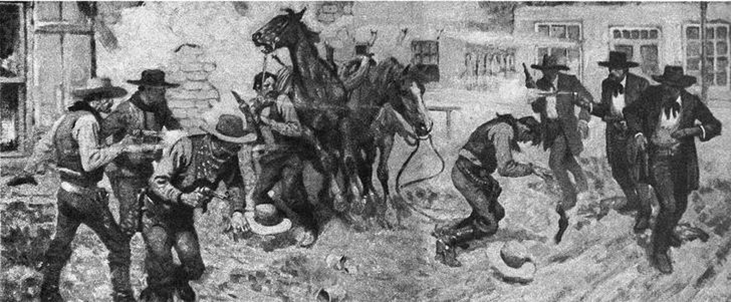
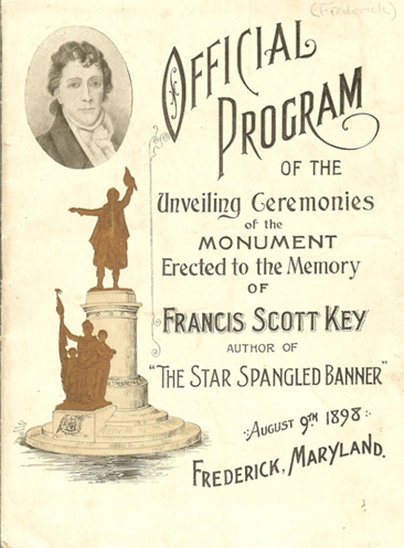
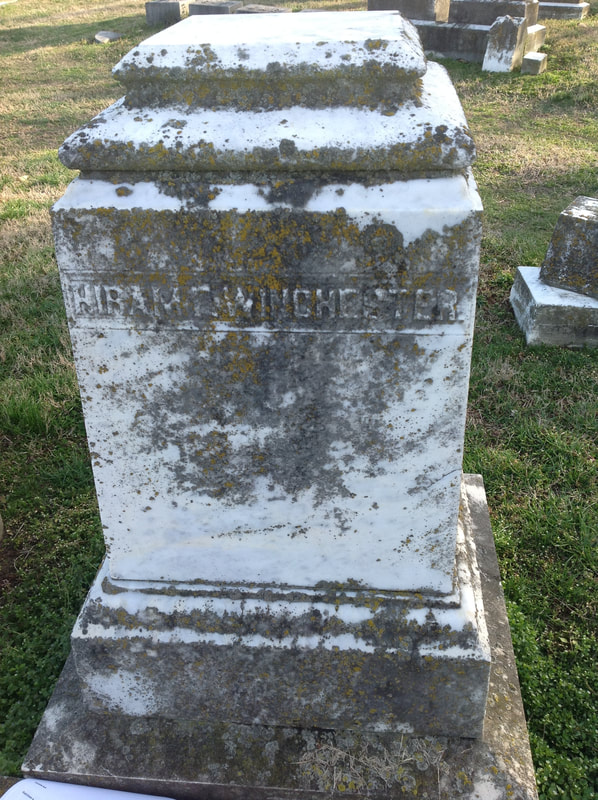
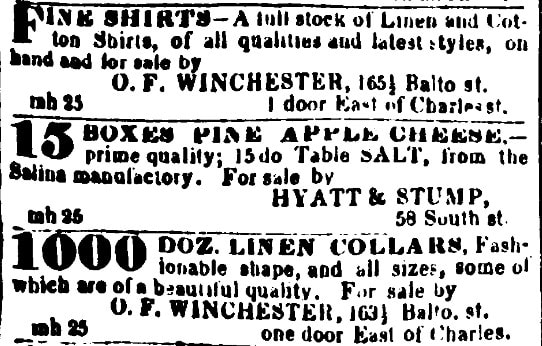
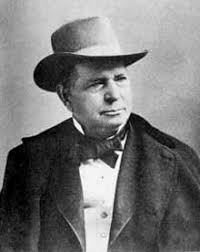
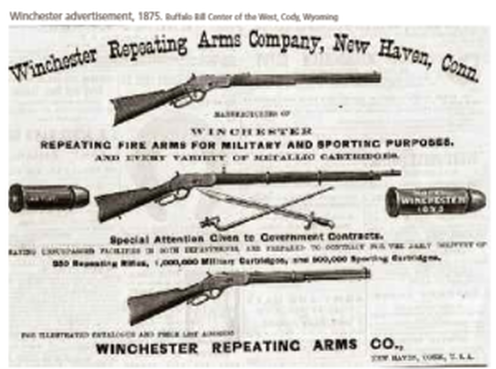
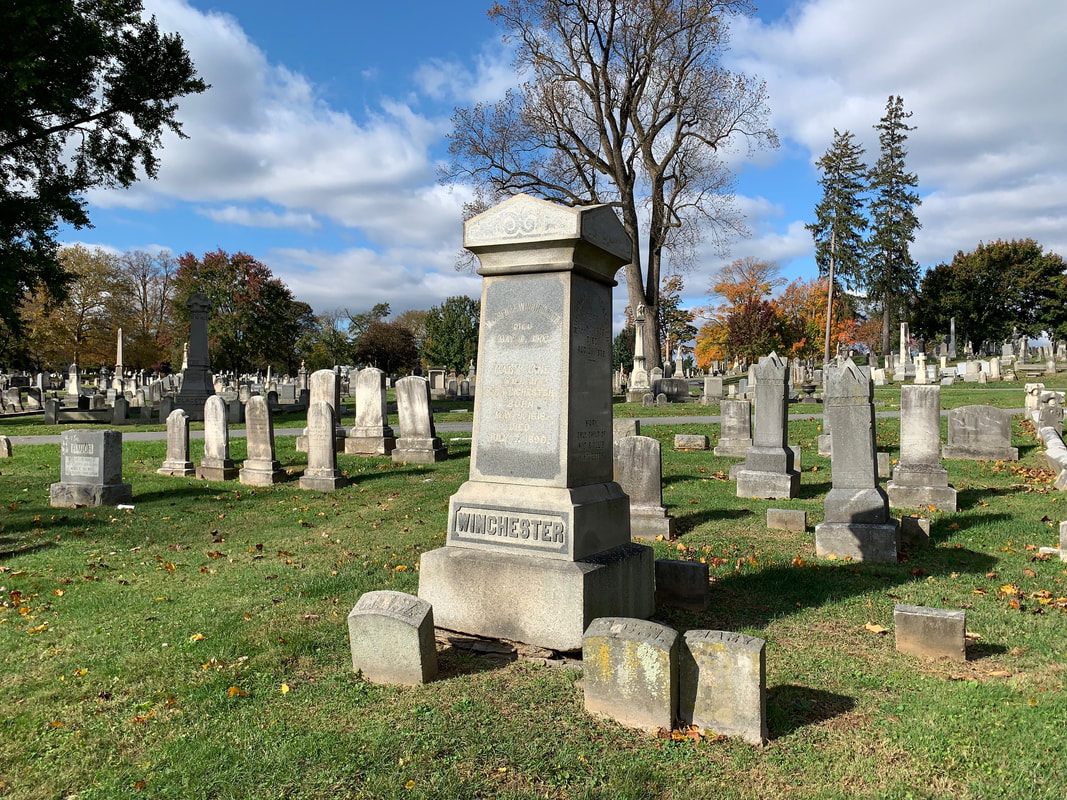
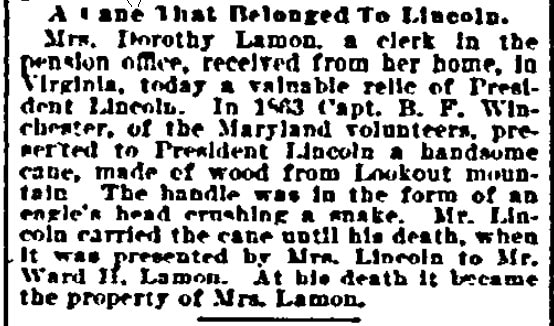
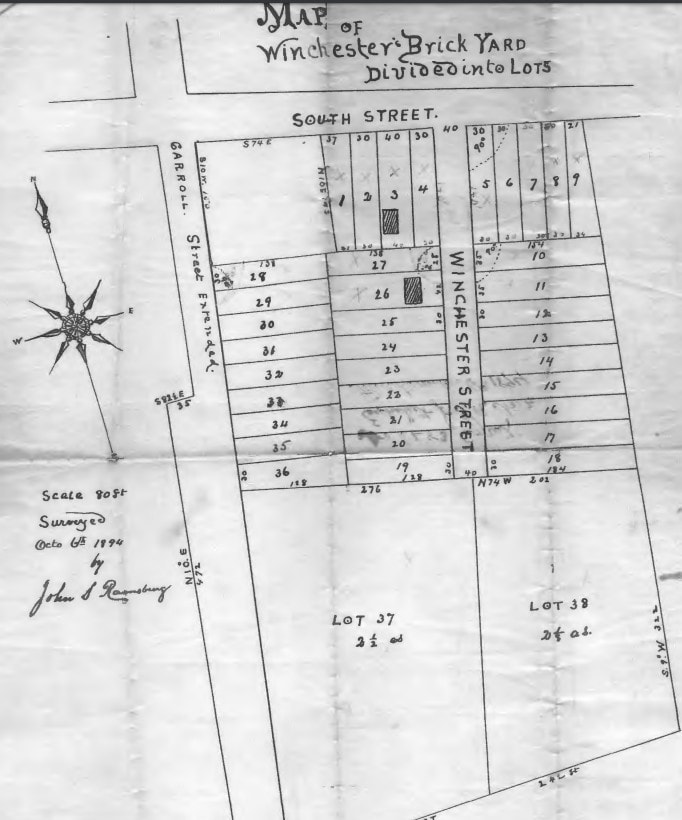
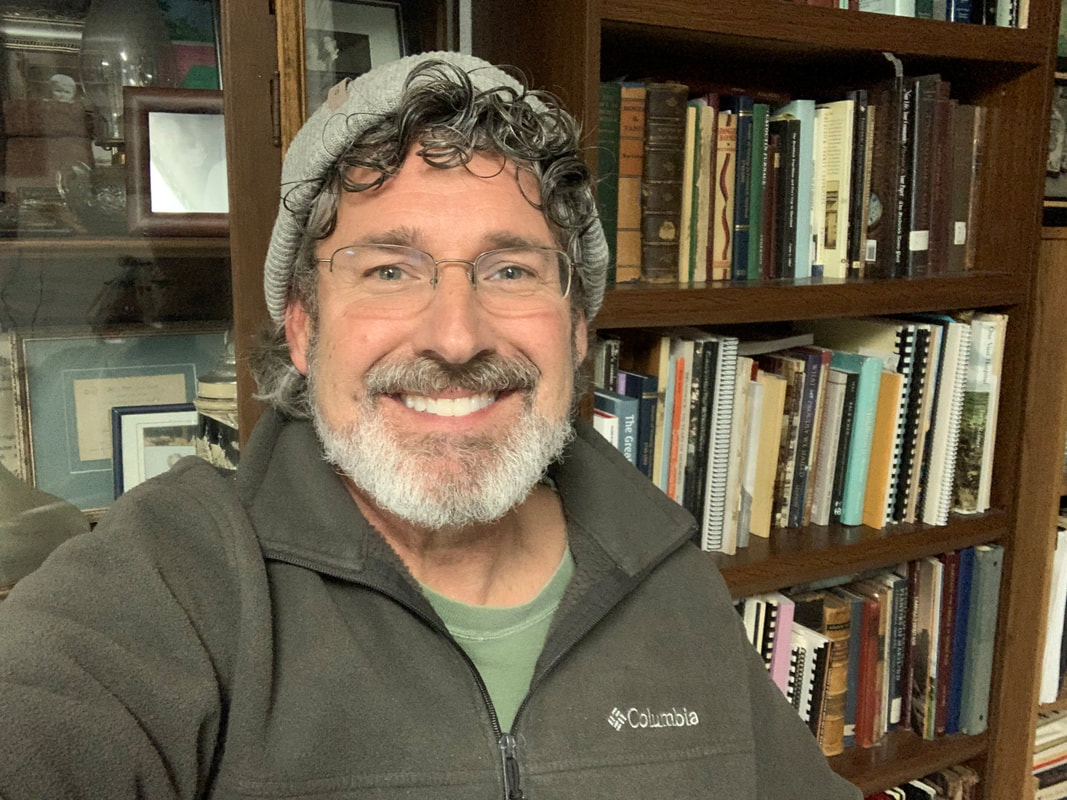
 RSS Feed
RSS Feed